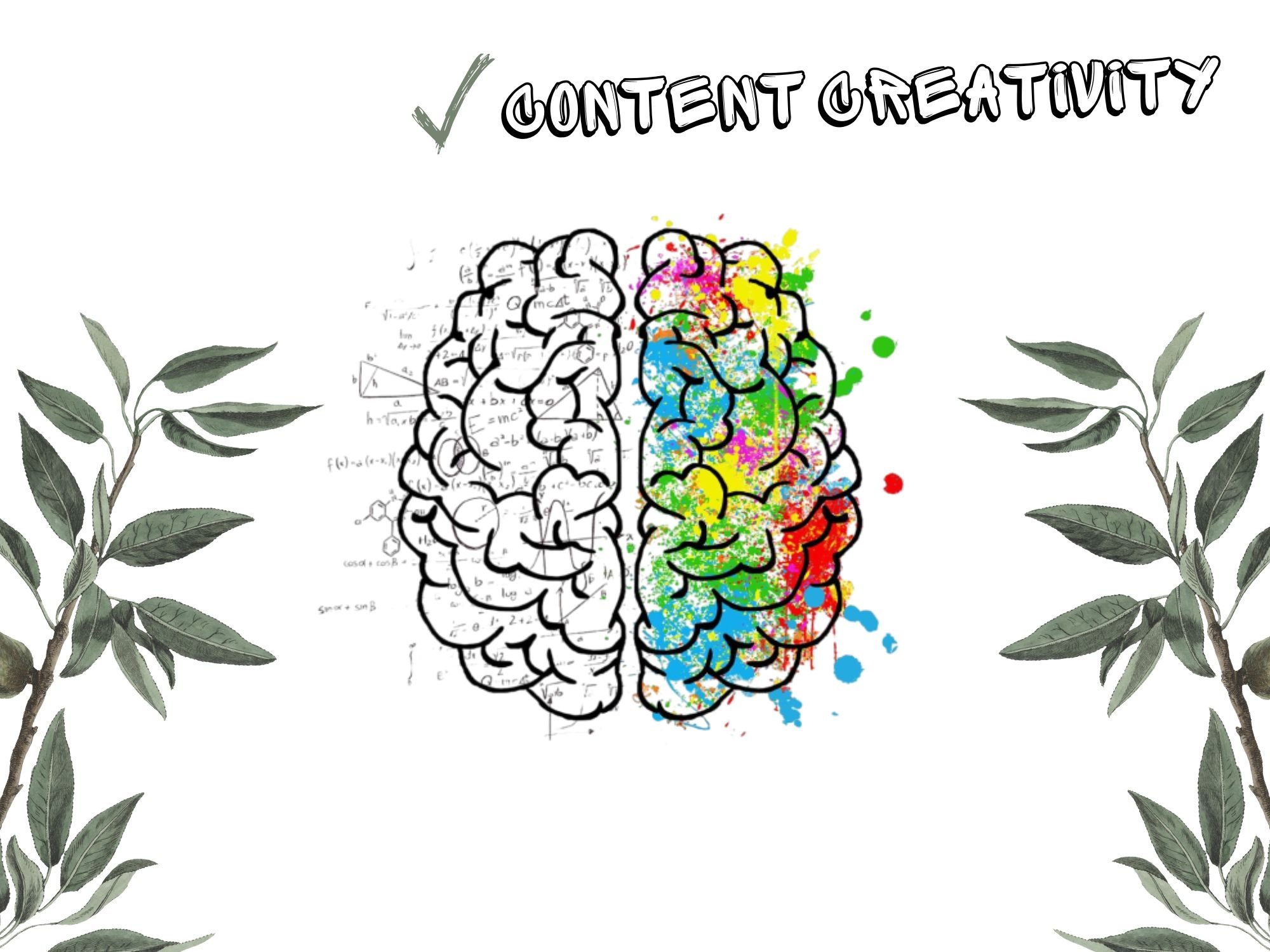Social Blogging Is the Way (how I do it + 8 tips)
You’re on an old sleeper train, traveling through the mountains for a weekend trip. Nostalgia, everywhere. Naturally, you start sifting through your bag so you can tweet on the emotions of travel.
You proceed to engage in the comments of other travel creators.
This is social blogging.
It’s a trend that’s been going on for a minute – but it feels more front and center than ever before.
Social currents and technological tides are compounding, but content still sits at the throne. And oh so many options.
Video, articles, podcasts, social media…all great choices, but a social blog blends everything in a unique way.
So if you’re looking for a fresh perspective and a solid content growth strategy, then you’re in the right place.
Let’s get it.
Table of Contents Show
Hey there, just a heads up that some of the links in this post may be affiliate links. That means I earn a small commission. This is at no extra cost to you, but helps me keep the lights on. Thank you for your support!
Social Blogging 101 (meaning, benefits + examples)
Let’s get to know social blogging.
Social blogging (vs. regular blogging) uses social media platforms to create and share blog-style content. It’s social media – but with a blogging intention.
It’s a form of microblogging, which are short posts designed for quick interactions and engagement.
And I’m currently loving it.
While I’m not very active currently, I’ve done social blogging on X (formerly known as Twitter) and it sort of turned into a dumping spot for all my thoughts. Quick edits and off-the-cuff ideas are warmly welcomed.
It’s a testing bed for topics and built for engagement, genuine interaction and sharing your journey and insights.
Social blogging is a fantastic way to grow a community and interact with your audience more directly.
(hence the social part)
So let’s look at some quick examples and more benefits.
Social Blogging Examples
Instagram carousel posts sharing text-based tips or content
Temporary ephemeral content that tells a story (e.g., IG Stories and Snapchat)
Short-form videos where captions act as blog content (with a video backdrop)
X tweets or Meta’s new Threads platform
YouTube community posts
Reddit posts and comments that share value
Quora answers and posts
GBP Posts (Google Business Profile)
Should I Start A Social Blog? (16 benefits)
It’s community and engagement focused
It’s an amazing way to stay in the loop on content and niche trends
You can interact with your audience more directly
You can test ideas out before turning them into long-form content
Writing shifts focus to more storytelling (which is a powerful skill)
It can be quicker to grow compared to traditional SEO
More and more people are using social media as a search engine
Social blogging can boost your reach and audience size
It’s clever marketing: 1.) share and add value 2.) engage genuinely 3.) generate leads
Stay competitive and current in your niche
Modern tools make it easy to turn blogs into bite-sized content (such as Pictory)
Short-form content is an in-demand creative skill that you can sell
It builds brand
It’s a networking opportunity and connects you with amazing people
It’s creative and fun
It’s free
How to Start A Social Blog (5 steps)
Ready to start social blogging?
Awesome. Let’s do it.
1. Brainstorm Content Ideas
All great content starts with brainstorming.
This is the ideation phase – and anything goes. There are no bad ideas.
So if you’re not sure where to start, start here.
Here are some tips to brainstorm content ideas:
Solve your own problems and turn your unique solutions into content
Research other social blog creators (*for inspiration)
Share your expertise, experiences or journey in your niche
Do keyword research to find topic opportunities
Google search (free)
Social media platform search (free)
Ahrefs’ Keyword Generator (free)
TikTok’s Keyword Insights (free)
Become one with your niche – live in your niche’s trends and popular topics
Become your audience to understand their pain points, values and interests
Share value-adding insights from your journey
Content creation requires constant watering, so brainstorming will be an ongoing thing.
But if you’re like me, you’ll end up having fun with this whole research stage – because it’s pretty creative.
I keep a lot of my ideas in a Google Doc or a Notion page for easy organization.
So once you’ve got some ideas to start with, it’s time to create content for them.
Hot Tip: Social media keywords will be different from Google. So remember to also research topics on your social blog platform of choice.
2. Choose A Social Blogging Platform
We need a home for our social blog.
For me, I’m using X.
In my opinion, it’s one of the simplest (and most obvious) places to start a social blog. But of course, there are plenty more options.
So how do you choose a good platform?
I think personal preference is a good starting point. For example, if you love making graphics with text, IG carousels could be a great option for you.
But it’s also important to think about your goals, your niche and your social blog theme. You want to go where your audience spends most of their time.
But honestly, the internet is pretty big and most audiences are on most of the major platforms. You just need to find them, start engaging and put out genuine content.
But a quick word of caution.
I’d be careful with trying too many platforms at once. This can lead to fatigue and slower growth and skill acquisition.
Focusing on just one or two platforms at a time supports better habit formation and faster growth.
Once things turn into a more stable routine, you can start automating, streamlining and exploring other platforms.
But as always, this is just my take.
3. Create Micro Content + Engage
Starting is the funnest (and hardest) part.
You’re pursuing a goal – but quickly realize few care.
So I like to approach things creatively and with a growth-oriented learner’s mindset – because it’s easy to forget how long it takes to become an overnight success.
Creating content is a journey and you’re writing the story. But you need a format and style to package everything in.
This will depend in part on the platform you’re using, but here are some popular options to try:
Quotes and inspirational sayings (such as tweets or image posts)
Screenshot tweets and repurpose them into static short-form videos
Listicles (using IG carousels, Threads or X)
Quick and genuine, unedited day-in-the-life content everyone can relate to
A video or series of images teaching something through steps
Narration-style video content (with your own voice or using an AI)
Vlog-style videos
Repurpose long-form blogs into snackable content
Text-only videos
There are lots of ways to create awesome content and we’re really only bound by our imagination.
But there’s something still missing with great content — and that’s great engagement.
The key to growing a successful social blog is interacting with the community.
This means joining in conversations, leaving comments and interacting with your audience and other creators — at scale.
I drop a genuine comment every chance I get (I’ve lost count how many per day).
This coupled with compelling micro content will compound if you put in the hours and simply show up everyday.
Approach things like a scientist and test what works and what doesn’t.
Recommended: Vlog vs. Blog vs. Social Media (+ how to choose)
4. Analyze Performance
Eventually, we’ll start gathering data and insights.
This is when the strategic side of social blogging really kicks in.
Whether it’s engagement metrics or content reach data, reading your performance indicators will guide your decision making.
Understanding what works (and what doesn’t) is key to optimizing, improving and growing a social blog.
Because some content will resonate more than others. And some styles or formats will have better engagement than others.
So once you’ve got some numbers, zoom out and review things – double down on the stuff that works best.
This data will also tell you which topics could be longer-form assets or even product offerings.
So create, test, optimize and pivot if needed.
Try new styles, find your unique voice and double down on your unfair advantage – your differentiation.
Build your brand.
5. Amplify + Build Brand
At this point, you’ll be funneling the best ideas and finding better and better topics, formats and themes.
You’ll be amplifying things and growing a solid audience.
You’re building a lasting brand.
Personal brand is your image – your digital reputation. It’s the feeling people get when they think of you and it’s the recognizable traits that you portray.
This is the ultimate goal – but it takes time. So patience, as with all great things, is key.
Here are some quick tips to focus on brand-building:
Be intentional with everything (color choices, tone of voice, affiliates, etc.)
Have a clear mission and align your content with it
Attach things to your core values
Let things develop naturally – you’ll likely make changes as you grow
Social Blogging Success (8 tips)
These are the things I’m focusing on to grow my own social blog.
Of course, I’ll keep things updated as I continue to optimize and find new nuggets.
1. Optimize for Social SEO
Social media platforms are increasingly being used as search engines, especially for younger generations.
So it makes sense to pay attention to SEO (search engine optimization).
Social SEO means doing keyword research and optimizing your posts for social search, engagement, attention and a positive experience.
2. Quantity Creates Quality
We could spend a whole decade scheming the perfect posts and social blog strategy – only to have it flop.
Because the truth is, theory (education) rarely translates to perfect execution on the first go.
So the best way to get good and grow is to put out content – and lots of it.
Adding value is important, but think in the long term (years) and focus on quantity over quality (in the beginning especially).
Rest assured, quantity leads to epic quality, naturally.
3. Think Like An Entertainer + Tell Stories
I was recently flipping through a free eBook from Contentful on the power of storytelling and entertainment in content creation.
Needless to say, the ideas hit. So I’ve been reprioritizing the use of story in my whole social content strategy.
As Lessa eloquently put in a recent tweet, “write more stories…coz everything else you can just Google”.
Here are some quick tips to think more like an entertainer with epic stories:
Use emotional hooks
Prompt discussions and involvement
Share your journey and experiences
Share how you overcome recurring obstacles (the mini villains)
Highlight before and afters for inspiration
Be authentic by being you (easier said than done, I know…)
Use frameworks, like the hero’s journey
4. Deconstruct Great Content
Working backwards is an awesome strategy.
Because if you want to know the road ahead, ask the person coming back.
So the goal here is to identify some top-performing pieces of content (ideally relevant to your niche and style), and reverse engineer them.
Deconstructing successful content gives you an understanding of the key ingredients and process that the creator used.
Of course, we don’t want to copy, but this strategy is perfect for finding winning formulas and getting inspiration.
5. Stack Skills (+ never stop)
Social blogging involves a specific set of skills.
Luckily, we have the internet. So if you’re new to content creation, it’s best to just start, make mistakes and forge forward – 1% at a time.
Because skills stack on top of each other, compound and show up in surprising ways later on.
Here are some key creative skills worth mentioning for social blogging:
Video editing
How to leverage AI
The art of storytelling
Copywriting
How to add value
How to structure and optimize a social blog post
6. Engage
One growth strategy that consistently pops up is engagement.
It’s a driving force behind building genuine relationships and connecting with your niche in an authentic way.
So posting and waiting for likes won’t cut it. We need to jump into the comments of other creators and join in or start conversations.
The purpose isn’t to promote ourselves but to engage with our target audience in genuine, low-friction ways.
Keep showing up and doing this (at scale) and people will notice you, get curious and click over to your profile.
You can also piggyback off of bigger creators (who reflect your own brand and niche) by connecting and interacting with their audience (i.e., also your audience).
7. Think In Years (not months)
There are plenty of accounts that grow quickly (6 months or less).
But in my opinion, this isn’t the healthiest or most realistic goal. Shortcuts can sound nice, but long-term growth thinking wins every time.
This also helps with expectation management and not getting burned out or discouraged after just a few months.
So set realistic time horizons, practice patience and become process-oriented.
These are the true soft skills that will help you reach your macro goals.
8. Have A Creative Explorer Mindset
Eventually, everything comes down to mindset.
When I approach things with a creative mindset (i.e., focusing on fun, experimentation and play), everything becomes less stressful.
Clarity improves and happiness returns.
It’s not always easy, but here are some tips for cultivating a creative, explorer mindset for your social blogging journey:
Practice growth thinking
Make realistic comparisons (e.g., compare yourself to your past self)
Think like a content scientist
Not everything will work – and that’s okay
Everyday can’t be a W (it’s the duality of all things)
Take breaks, don’t quit
As Stephen Spielberg once said, replace fear with curiosity
And lastly, remember to have fun.
It’s the creator economy and the future is ours.
Want More? Check Out These Sweet Reads!






